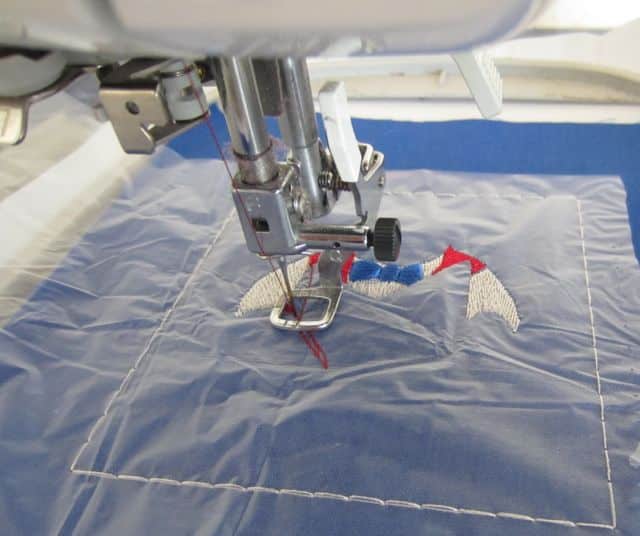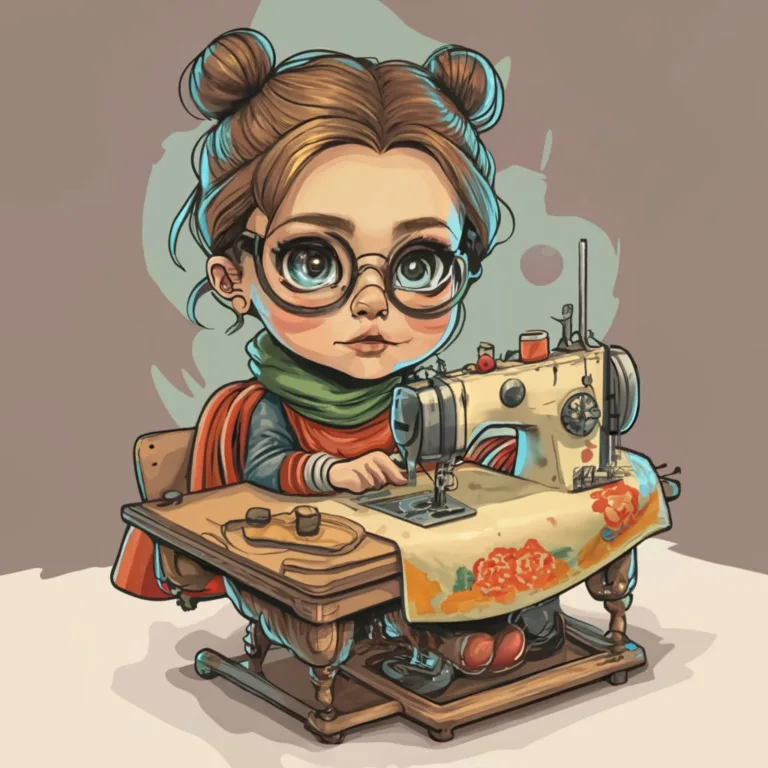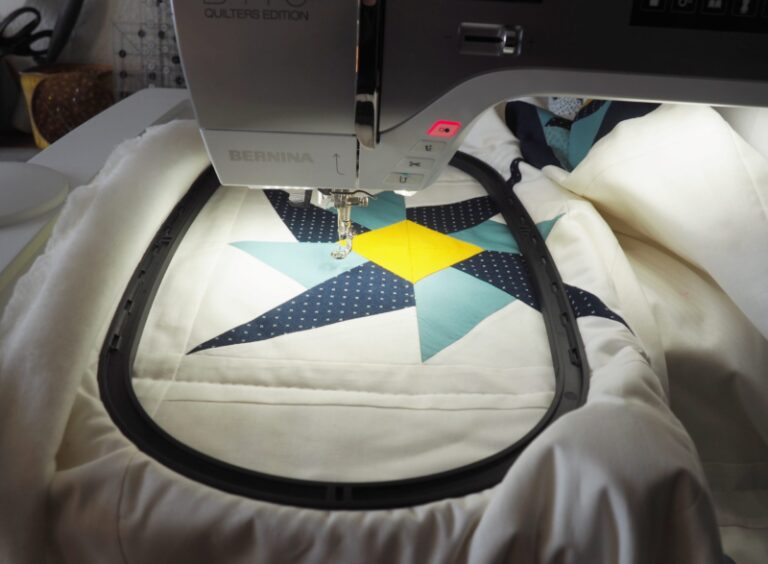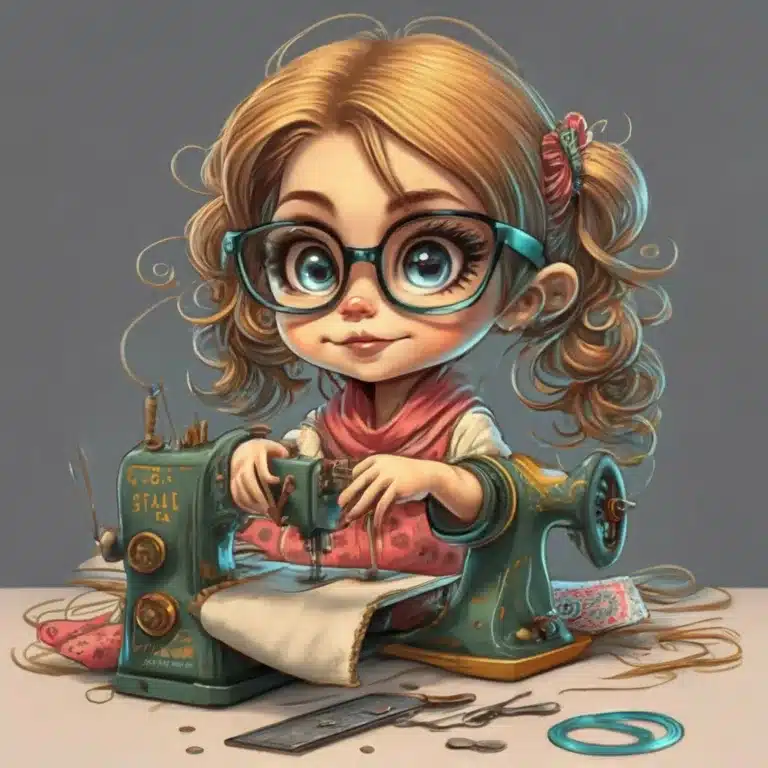Embroidery machines are a valuable tool for any sewing enthusiast, but proper maintenance is essential to keep them running smoothly and prevent costly repairs. In this article, we’ll cover some basic tips for embroidery machine maintenance to help you keep your machine in top condition.
-
Keep Your Machine Clean
Regular cleaning is important to prevent dirt, dust, and lint from building up in your machine, which can affect its performance. After each use, remove any loose threads, dust or debris from the machine with a brush or a lint roller. Be sure to clean the bobbin case, bobbin area, and feed dogs. If your machine has a built-in thread cutter, use a small brush to clean any accumulated lint from the blades.
-
Use High-Quality Thread
Using low-quality or old thread can cause lint and other debris to accumulate in your machine, leading to clogs and other issues. Invest in high-quality embroidery thread that is designed specifically for use with your machine. This will help ensure that your designs are consistent and professional-looking.
-
Change Needles Regularly
Embroidery machine needles can become dull or bent over time, which can affect the quality of your embroidery. Be sure to change your needle regularly, depending on how often you use your machine. A general rule of thumb is to change the needle after every eight hours of use or after every project.
-
Oil Your Machine
Most embroidery machines require regular oiling to keep them running smoothly. Refer to your machine’s manual for instructions on where and how to oil your machine. Avoid using too much oil, as this can attract dust and debris. Only use oil that is specifically designed for your machine.
-
Check Tension Settings
Tension settings can affect the quality of your embroidery. If you notice that your thread is breaking frequently or your stitches are uneven, check your machine’s tension settings. Refer to your machine’s manual for guidance on how to adjust the tension settings properly.
-
Use Stabilizers
Stabilizers can help prevent puckering, stretching, and other issues that can occur when stitching directly onto fabric. Be sure to use the appropriate stabilizer for the type of fabric you’re using and the type of design you’re stitching. This will help ensure that your embroidery looks clean and professional.
-
Store Your Machine Properly
When not in use, be sure to store your embroidery machine in a dry, clean, and dust-free area. Cover the machine with a dust cover to prevent dust and debris from accumulating on the machine. Avoid exposing your machine to extreme temperatures or humidity, as this can affect its performance.
-
Get Your Machine Serviced Regularly
Even with proper maintenance, embroidery machines may require professional servicing from time to time. Regular servicing can help identify and address any potential issues before they become more serious problems. Refer to your machine’s manual for guidance on recommended service intervals.
Conclusion
Embroidery machine maintenance is important to keep your machine running smoothly and prevent costly repairs. By keeping your machine clean, using high-quality thread, changing needles regularly, oiling your machine, checking tension settings, using stabilizers, storing your machine properly, and getting it serviced regularly, you can ensure that your embroidery machine will continue to provide beautiful and professional-looking embroidery designs for years to come.
Related Posts
Discover relevant articles, tutorials, and tips to improve your skills and explore new techniques.
Stay inspired and connected to our embroidery community.






